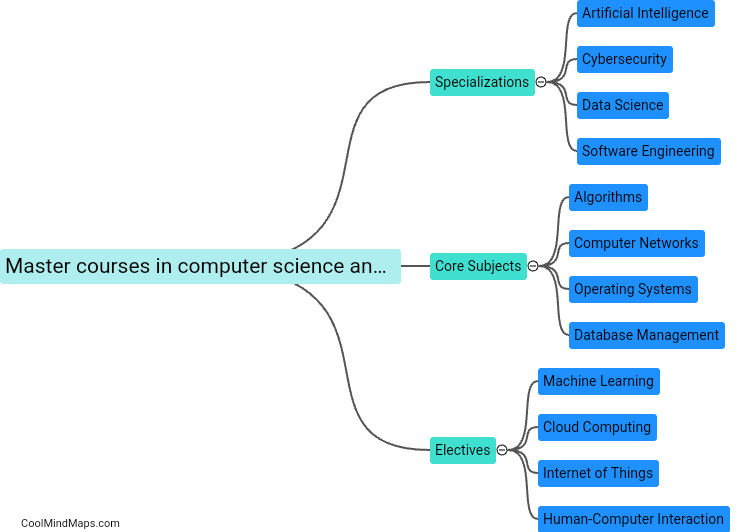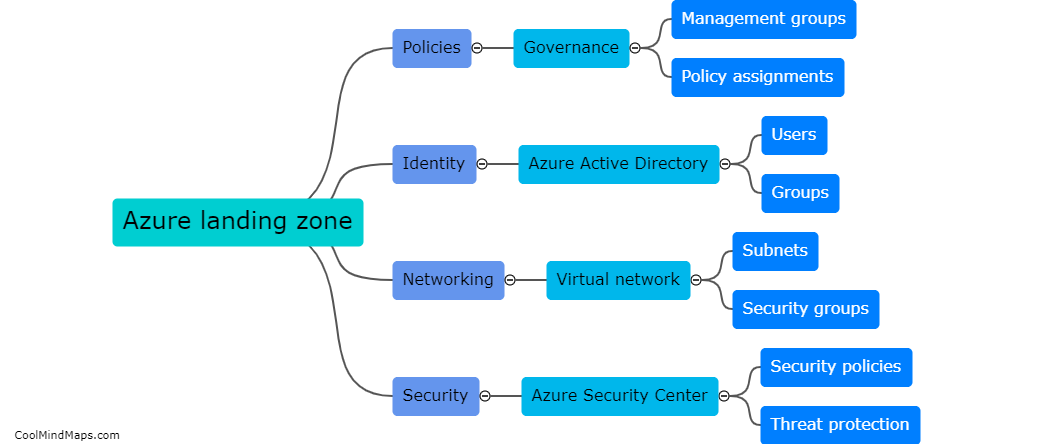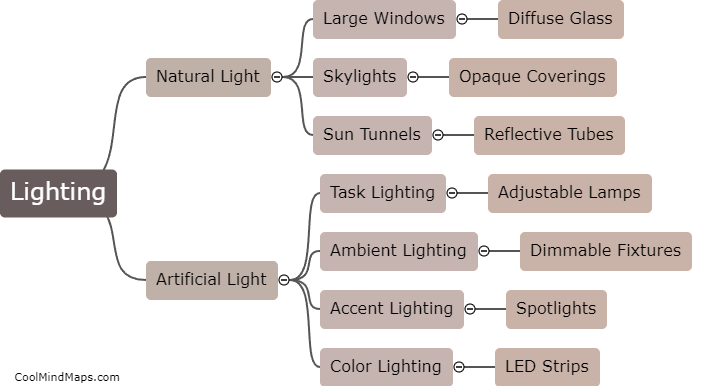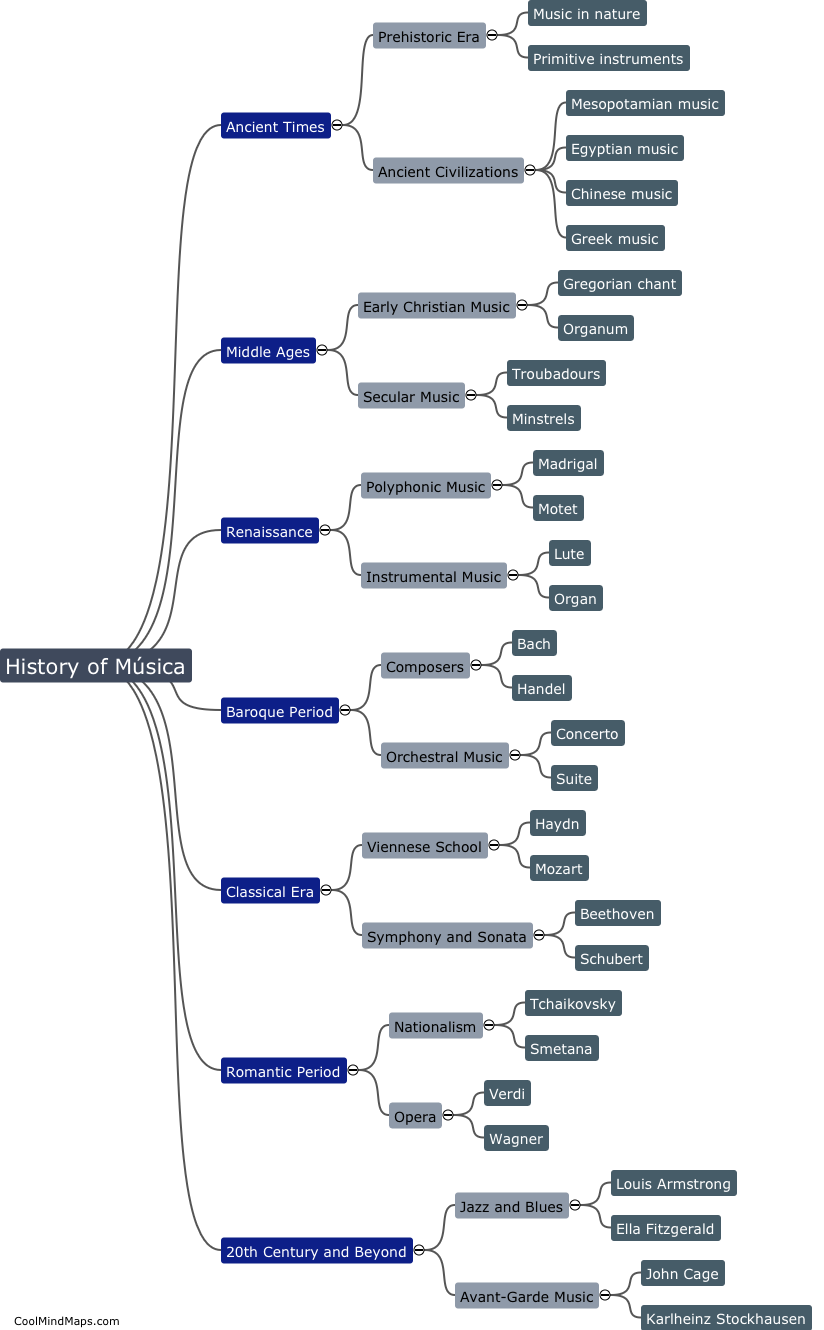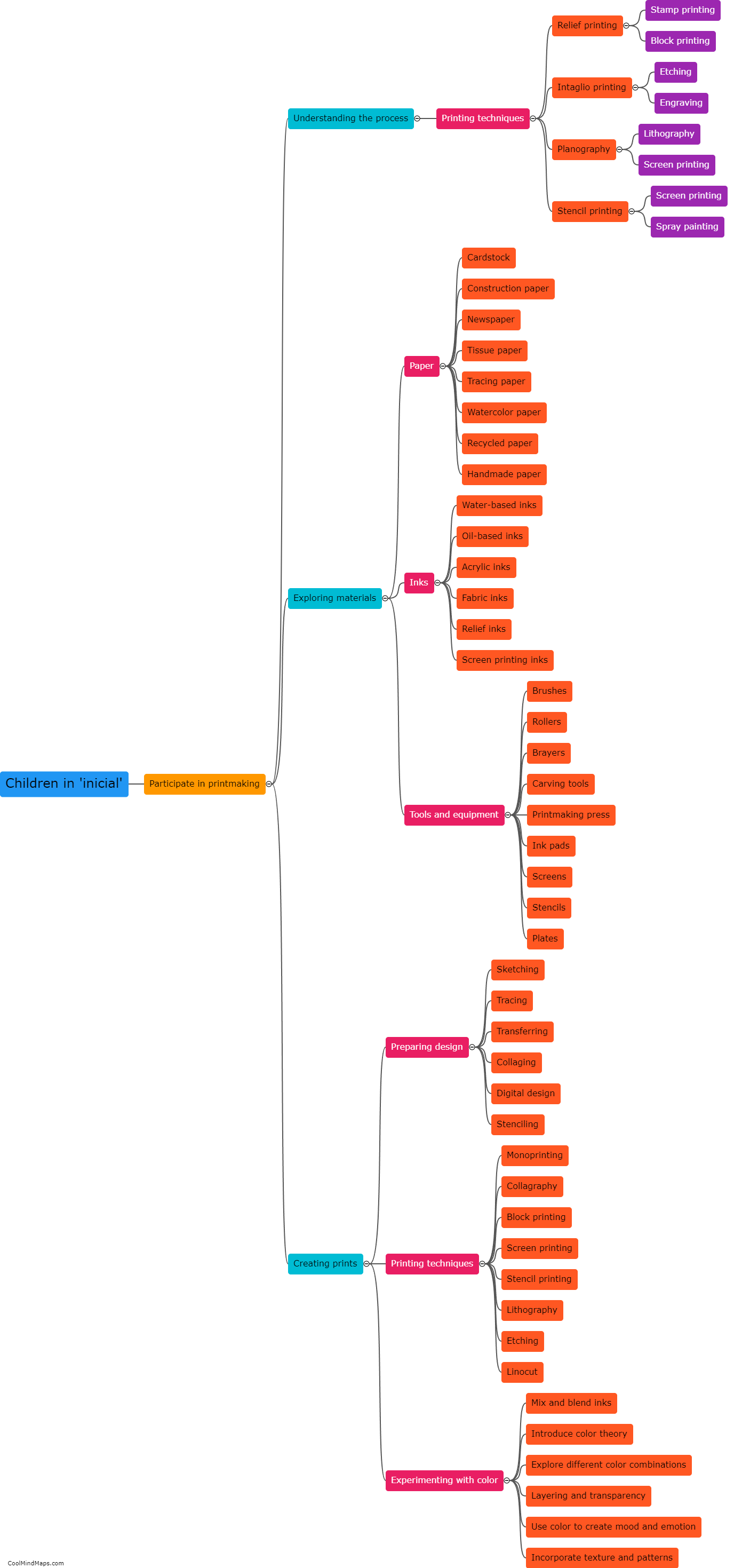What are the stages of photosynthesis?
Photosynthesis is a complex process that occurs in the chloroplasts of plant cells. It can be divided into two main stages: the light-dependent reactions and the light-independent reactions, also known as the Calvin cycle. During the light-dependent reactions, light energy is absorbed by chlorophyll molecules in the thylakoid membrane, which triggers a series of chemical reactions. These reactions produce ATP (adenosine triphosphate) and NADPH (nicotinamide adenine dinucleotide phosphate), which are energy-rich molecules used in the next stage. The light-independent reactions take place in the stroma of the chloroplasts and involve the conversion of carbon dioxide into glucose using the ATP and NADPH produced during the light-dependent reactions. This stage is also called the Calvin cycle or carbon fixation. Overall, photosynthesis is a vital process that converts sunlight into chemical energy, providing organisms with the essential molecules they need for growth and survival.
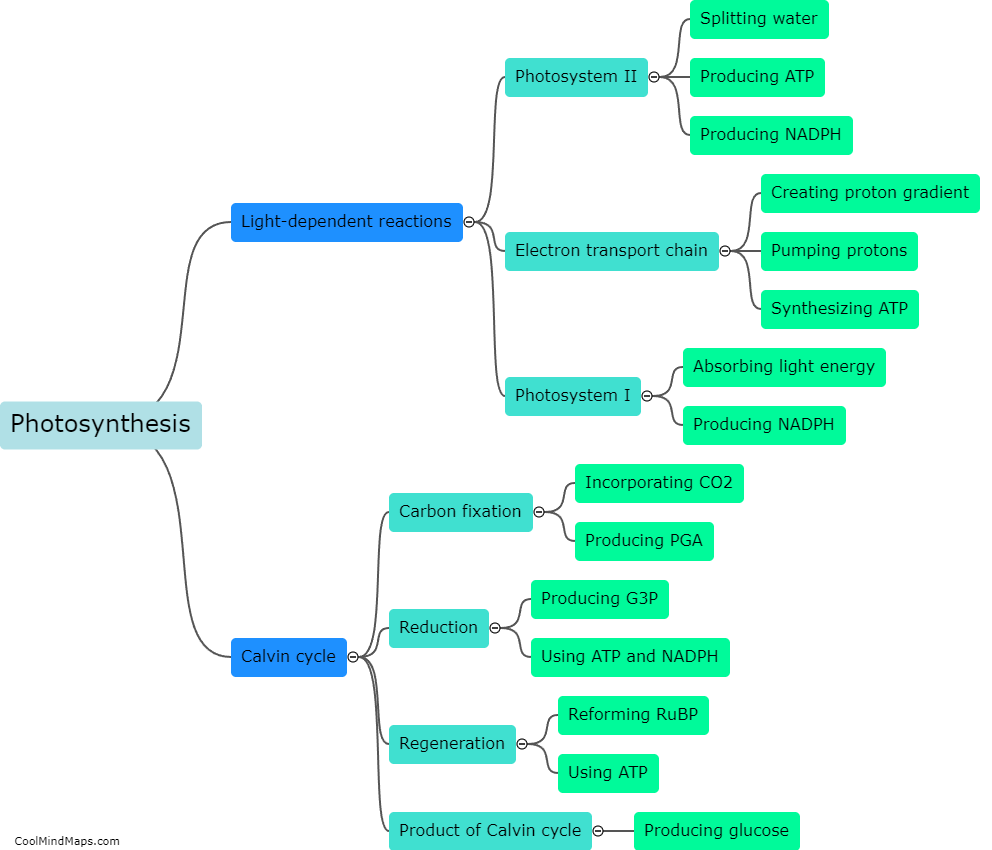
This mind map was published on 17 October 2023 and has been viewed 135 times.
